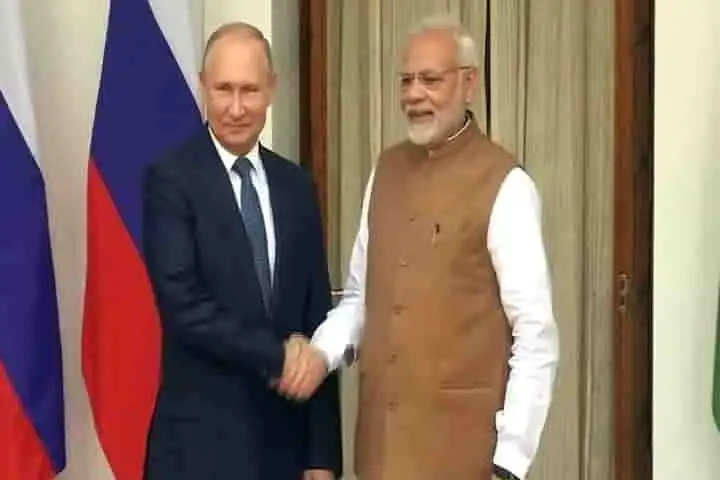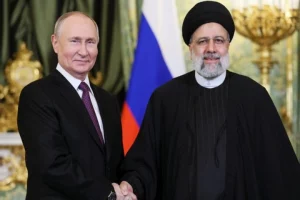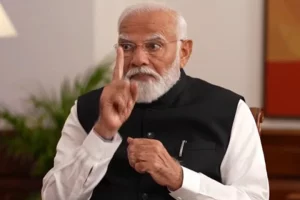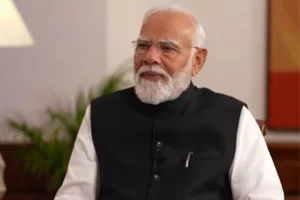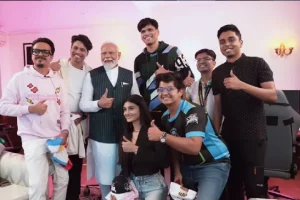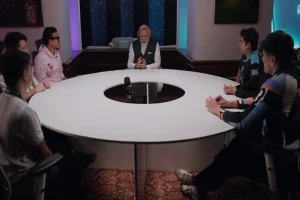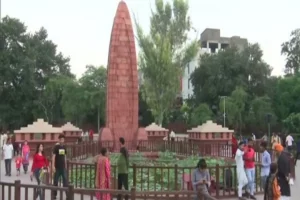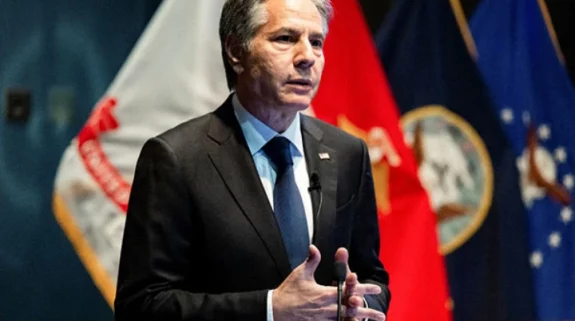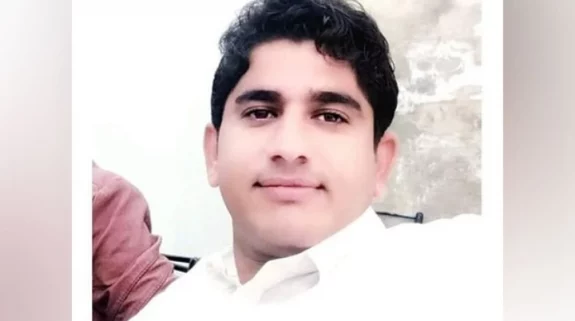President Putin’s visit to India on December 6 is timely. Annual summits with Russia have been held since 2000 but this practice was interrupted last year for the first time, giving rise to speculation that all was not well with India-Russia ties. While the Covid-19 was a plausible reason for not holding an in-person summit, a virtual summit could have been held, even if such summits prevent a confidential one-to-one conversation before the delegation level talks take place. Putin hasn’t travelled out of Russia in 2020, and in 2021 he has skipped the G20 meeting in Rome and the Climate Summit in Glasgow. The only time he has travelled abroad was for his meeting with Biden in Geneva in June. His decision to visit India therefore is meaningful.
This visit is important because some wrinkles have surfaced in India-Russia ties, to remove which a face-to-face Modi-Putin meeting should be helpful. These wrinkles are not inherently deep but have created an impression of some drift in ties. India drawing close to the US and Russia to China, Russia’s policy on Afghanistan and the Taliban, its military overtures to Pakistan, its opposition to the Indo-Pacific concept and the Quad are some of the issues that have created negative perceptions about the state of India-Russia ties.
Our ties with Russia have been traditionally largely problem free, with convergence on many geopolitical issues. But some international developments have impacted the bilateral understandings. Russia had taken the lead to counter American unilateralism after the collapse of the Soviet Union and promote multipolarity by creating the Russia-India-China dialogue forum, later the BRIC forum and opened the doors to India’s membership of the SCO. Its strategy of tying India into forums that exclude the US and the West in general has come under strain, with the upsurge in India-US ties. This vast improvement of India-US ties has been accompanied by a sharp deterioration of Russia-US ties. India has signed an array of defence agreements with the US and made major acquisitions of defence equipment. This certainly has important political implications with regard to shifts in balance of power globally. Russia could well see this as diluting its traditional position as the principal supplier of high-end arms to India.
The establishment of new partnerships by India is an off-shoot of its rising status and its ambition to have a greater say in international affairs. Growing ties with the US can accelerate India’s economic growth and meet its technological needs, even as problem areas will continue to trouble bilateral ties. In many critical areas there is lack of convergence with US, such as in the case of Pakistan, Afghanistan, Iran and our ties with Russia.
The upward trajectory of our improved ties with the US has no relationship with the downward trajectory of Russia-US ties. Just as US hostility has pushed Russia increasingly towards closer strategic ties with China, it is China’s expansionism, land and maritime threats to India, its use of Pakistan as a strategic counter to India etc. that have pushed India toward the US. Russia is in no position to alter the course of Chinese policies toward India or participate in arrangements to counter the rapidly building maritime threat from China in both the western Pacific and in India’s neighborhood in the Indian Ocean. The RIC dialogue or our membership of BRICS or the SCO, where bilateral issues cannot be raised, cannot help to meet the China threat India is facing. The US is the world’s foremost naval power, it is now locked into an adversarial relationship with China which is now openly contesting US power regionally and globally. The Indo-Pacific concept and the Quad are a product of this reality. Why Russia is publicly opposed to both and decry their anti-China thrust is difficult to understand. With 50,000 Chinese troops massed on our Ladakh border and probes in the northeast, the Chinese threat to India is real and not a product of America’s policies in Asia.
The Quad agenda goes well beyond maritime security, covering as it does humanitarian assistance and disaster relief, terrorism, anti-Covid vaccines, climate change, critical technologies, connectivity, which are areas in which India could benefit from cooperation with US, Japan and Australia. Where possible India seeks to establish closer links with Russia too in some of these areas. India will now be manufacturing Sputnik vaccines in India, has close cooperation on terrorism related issues, is committed to improving connectivity through the International North-South Corridor through Iran to Russia and Central Asia and the Vladivostok- Chennai corridor to link India to Russia’s Far-East and cooperate in developing that region which is main source today of Russian oil and gas reserves. India is also doing maritime exercises in the Indian Ocean and the western Pacific with Russia. The opening of the Arctic route will give this corridor even more salience. Russia has, in India’s view, major stakes in the Indo-Pacific area, to which its relations with ASEAN contribute meaningfully. A logistics agreement is expected to be signed during Putin’s visit. For Russia to put its eggs in the Chinese basket more than is necessary because of its differences with the US and Japan may not perhaps be the most expedient choice.
The mutual advantage that flows from close India-Russia ties is obvious. If India wants to nurture its ties with Russia so as to have a balance in its foreign policy, not make it subservient to the interests of others when they are not convergent and maintain its strategic autonomy, Russia too logically would need the same space vis a vis China, despite the strengthening of their strategic ties. By allowing China to cover its Russian and Central Asian flank, Russia is strengthening China’s hand in its rivalry with the US and facilitate its ambitions to create a G2 division of global power, which will be at the expense of both Indian and Russia. India wants multipolarity in Asia and will not accept a subordinate status. Strengthening India-Russia ties serves the geopolitical interests of both countries.
India has demonstrated its commitment to the Russia relationship by standing firm on, for example, the S-400 contract despite the threat of US sanctions. During Putin’s visit some more defence agreements will achieve fruition. Russia too has demonstrated its commitment to India during the Ladakh crisis with China by offering to meet India’s pressing defence needs. The 2+2 dialogue between the two countries brings Russia on a par with our other partners such as the US, Japan and Australia- the Quad- and underlines the mutual desire to strengthen combined security and foreign policy understandings. On Afghanistan, the differing perspectives on how the situation there should politically evolve and the security issues that flow from that not happening are becoming narrower.
Energy cooperation is becoming a major feature of India-Russia ties, which in the context of India’s external energy dependence is most important.
All in all, the Putin visit should help to clear the air and achieve fresh political and security understandings.
(Kanwal Sibal is India's former foreign secretary and ambassador to Russia. Views expressed are personal and exclusive to India Narrative)






